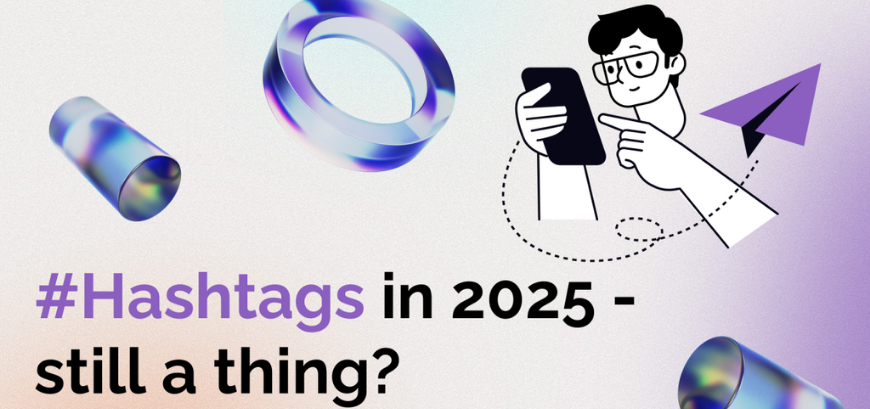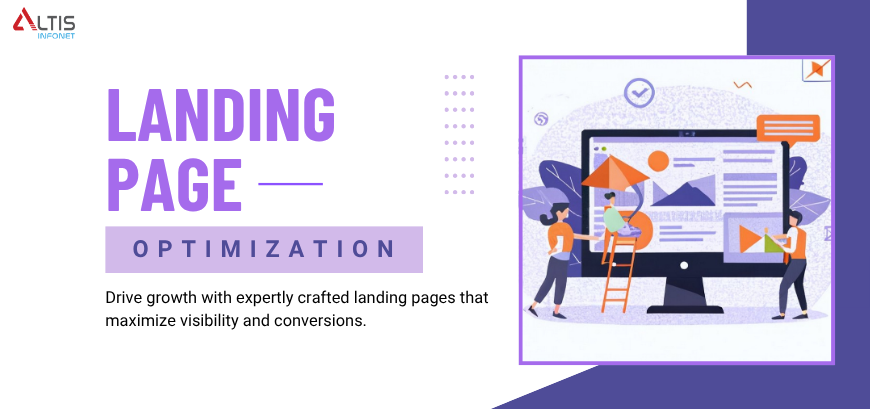In the world of eCommerce, acquiring new customers is undeniably important for growth. However, what truly matters in today’s competitive landscape is the ability to retain those customers. This is where the concept of Repeat Purchase Rate (RPR) comes into play. In this article, we will explore the ins and outs of RPR and shed light on why it holds such significance for your retention strategy.
Table of Contents
What is Repeat Purchase Rate in eCommerce?
Let’s start by defining what we mean by “repeat purchase rate” (RPR) in the context of eCommerce. Put simply, RPR measures the percentage of customers who make more than one purchase from your online store. It serves as a vital metric for tracking customer loyalty and retention.
In essence, RPR reflects how successful you are at encouraging customers to return and make additional purchases. For eCommerce brands, this metric is crucial because repeat customers not only generate more revenue but are also more likely to refer new customers. Maintaining a high Repeat Purchase Rate (RPR) enables brands to enjoy a sustainable revenue stream and consistent growth.
Why Tracking Your Repeat Purchase Rate Matters
Now, let’s delve into why it is of utmost importance to track your repeat purchase rate. Here are a few compelling reasons:
- RPR measures customer loyalty: A high RPR indicates that your customers are satisfied with your products, services, and overall experience. It demonstrates their loyalty to your brand and their willingness to return for future purchases. Building long-term, loyal relationships with customers lay the foundation for sustained business growth, customer advocacy, and a competitive edge in the market.
- RPR shows customer retention: RPR serves as a key metric for measuring customer retention, which is essential for sustainable growth. When it comes to cost-effectiveness, retaining existing customers outweighs acquiring new ones. Other important retention metrics include Customer Lifetime Value (CLTV), Average Order Value (AOV), and Purchase Frequency.
- RPR helps identify potential issues: A low RPR can be indicative of underlying issues with your products, services, or overall customer experience. By tracking RPR, you can identify these issues early on and take corrective action to improve customer satisfaction.
- RPR highlights the value of your customer base: Increasing your RPR unlocks the potential of your customer base and creates a sustainable revenue stream. Satisfied customers are more likely to refer your brand to others, resulting in additional sales.
In Overall:
A low Repeat Purchase Rate (RPR) can indicate customer dissatisfaction, uncompetitive pricing, or insufficient value for repeat purchases. Ignoring RPR can lead to losing customers and missing long-term revenue. eCommerce brands should prioritize tracking RPR to understand customer loyalty and retention efforts.
Calculating RPR involves analyzing the number of customers who have made more than one purchase from your online store and dividing it by the total number of customers. For example, if you had 500 customers and 100 of them made repeat purchases, your RPR would be 20% (100/500).
You can use data from your eCommerce platform, CRM, or email marketing tools to calculate RPR. Additionally, Google Analytics can provide valuable insights by tracking customer behavior on your website.
It’s important to note that RPR is not a static metric and can change over time. Factors such as pricing adjustments, new product launches, or seasonality can influence your RPR. Therefore, regular calculation of RPR is crucial to monitor any changes and adjust your strategies accordingly.
By tracking your RPR over time, you can identify patterns and trends in customer behaviour, allowing you to make informed decisions on how to improve customer loyalty and retention. Regular monitoring enables you to promptly identify any issues and take corrective action before they become significant problems. So, keep a close eye on your RPR and adjust your strategies to ensure your customers keep coming back for more.
Brand Loyalty and Repeat Purchase Behavior
In the world of eCommerce, brand loyalty is the ultimate goal. It signifies that customers not only choose to make purchases from your online store but also actively prefer your brand over competitors, establishing an emotional connection. Repeat purchase rate serves as a significant indicator of brand loyalty.
Encouraging brand loyalty is crucial for building a sustainable eCommerce business. A loyal customer base can generate substantial revenue and help your brand stand out in a crowded market. To foster loyalty, it’s essential to go beyond offering high-quality products and excellent customer service. You must create an emotional connection with your customers that goes beyond mere transactions.
To foster brand loyalty, it is crucial to establish a distinctive brand identity that deeply resonates with your target audience. This includes refining your brand’s messaging, values, and personality. Rewarding repeat purchases or referrals through a loyalty program can be effective.
When customers develop an emotional connection with your brand, it significantly enhances the likelihood of repeat purchases and prompts them to recommend your brand to others. This, in turn, increases your RPR and helps build a sustainable customer base.
The Impact of Repeat Purchase Rate on Revenue
To illustrate the impact of RPR on revenue, let’s consider an example. Suppose an eCommerce brand has 10,000 customers with an average order value of $100. 2,000 repeat customers generate $200,000 in revenue with a 20% RPR. Now, imagine if the brand increases its RPR to 25%. This generates an additional 500 repeat customers and increases revenue to $225,000, representing a 12.5% growth.
Encouraging brand loyalty through repeat purchases can have a significant impact on revenue compared to the effort and expense of acquiring new customers. According to a study by Adobe, repeat customers contribute to 40% of a brand’s revenue, despite making up only 8% of the total customer base. By increasing your RPR, you can build a loyal customer base that generates revenue for your business for years to come. Prioritizing the tracking and optimization of your RPR will yield tangible benefits for your bottom line.
eCommerce Strategies to Increase Repeat Purchase Rate
Now that we understand the importance of RPR, let’s explore some strategies that eCommerce brands can employ to increase this metric:
- Personalize the shopping experience: Utilize customer data to provide personalized recommendations, offer discounts, and create tailored marketing campaigns. Personalization makes customers feel valued, ultimately increasing their likelihood of making repeat purchases.
- Reward loyal customers: Implement loyalty programs that offer discounts, exclusive deals, and rewards points for every purchase. Loyalty programs not only boost RPR but also improve customer engagement and brand loyalty. Ensure effective promotion of your loyalty program to drive both participation and redemption.
- Optimize post-purchase communication: Follow up with customers after their purchase by sending personalized thank-you emails, product recommendations, and surveys to understand their experience. Post-purchase communications make customers feel appreciated and increase the chances of repeat purchases.
- Provide excellent customer service: Exceptional customer service plays a critical role in boosting RPR. Brands that prioritize customer satisfaction create positive experiences, leading to increased loyalty and repeat purchases. Implement clear return policies, offer fast shipping, and provide reliable customer support.
- Create a sense of urgency: Utilize limited-time discounts, flash sales, and scarcity tactics to incentivize repeat purchases, with SMS marketing being particularly effective in triggering triggers.
- Offer a subscription: Converting one-time customers into subscribers is an excellent way to increase recurring revenue. Subscriptions streamline the purchase process, reducing friction and making it more convenient for customers to return and buy again with greater frequency. High subscription rates are attributed to the seamless and uncomplicated experience they provide.
Implementing these strategies will help you increase your RPR, foster customer loyalty, and create a sustainable eCommerce business.
Conclusion:
In conclusion, repeat purchase rate (RPR) plays a vital role in the success of eCommerce brands. By tracking and optimizing this metric, you can gauge customer loyalty, identify potential issues, and unlock the revenue potential of your customer base. Through personalized experiences, rewards, excellent customer service, and creating a sense of urgency, you can increase your RPR and build a loyal customer base that will support your business for the long term.
Seeking an Outcome-Oriented Digital Marketing Firm?
Altis Infonet Pvt Ltd is a Web Development and Digital Marketing company with a focus on client servicing through knowledge-based solutions. Our team of experts will help make your digital dreams come true!





